Push-ups are a timeless exercise that strengthens your chest, shoulders, triceps, and core while improving overall endurance. Whether you’re aiming to do your first push-up or dreaming of hitting 10,000 push-ups in a month, this program will guide you every step of the way. Getting your first push-up is an incredible feeling—it represents strength, perseverance, and progress. Building up to 10,000? That's a test of mental toughness and physical grit that will redefine what you think is possible.
Key Takeaways
- Start small, build big: This push-up program helps you progress from your first few reps to hitting 10,000 in a month by breaking it down into manageable daily goals.
- Perfect your form for better results: Focusing on proper push-up technique ensures you build strength and endurance while avoiding injury as you increase your reps.
- Stay consistent and watch your strength soar: With dedication and a structured plan, you'll not only reach 10,000 push-ups but also significantly improve your overall upper body strength.
Let’s get started!
Phase 1: Getting Your First Push-Up
Step 1: Strengthen Your Foundation
Before you start your first push-up, take a moment to assess your current strength levels. Whether you're a novice or someone getting back into fitness, understanding your baseline is crucial.
Wall Push-Ups: Stand facing a wall, place your hands shoulder-width apart, and perform push-ups against the wall. This reduces the load on your upper body, allowing you to build strength gradually.
Incline Push-Ups: Move to an elevated surface like a bench, box, or the side of your couch. Perform push-ups from this angle, focusing on lowering your chest to the surface and pushing back up with control.
Negative Push-Ups: Start in a full push-up position on your toes. Lower yourself slowly to the ground, taking 3-5 seconds on the descent, then push back up on your knees. This builds strength in the hardest part of the push-up.
Remember, the key is to maintain a straight line from head to toe throughout each movement, reinforcing core engagement and upper body strength.

Step 2: Mastering the Modified Push-Up
Once you've built strength through wall and incline push-ups, it's time to tackle knee push-ups. Begin by positioning yourself on the floor with your knees on the ground, hands shoulder-width apart.
This starting position reduces the body weight you need to push, helping you focus on maintaining proper form. Ensure your body forms a straight line from your head to your knees, and keep your core muscles engaged. Lower your chest to the floor, then push back up with controlled movements.
This exercise will enhance your upper body strength, preparing you for more challenging push-up variations. Focus on the range of motion and consistency, rather than speed or quantity, to maximize your progress. Steer clear of common push-up mistakes such as flaring elbows or sagging hips. Mastering this step is crucial, as it builds the confidence and strength necessary to progress to a full push-up.
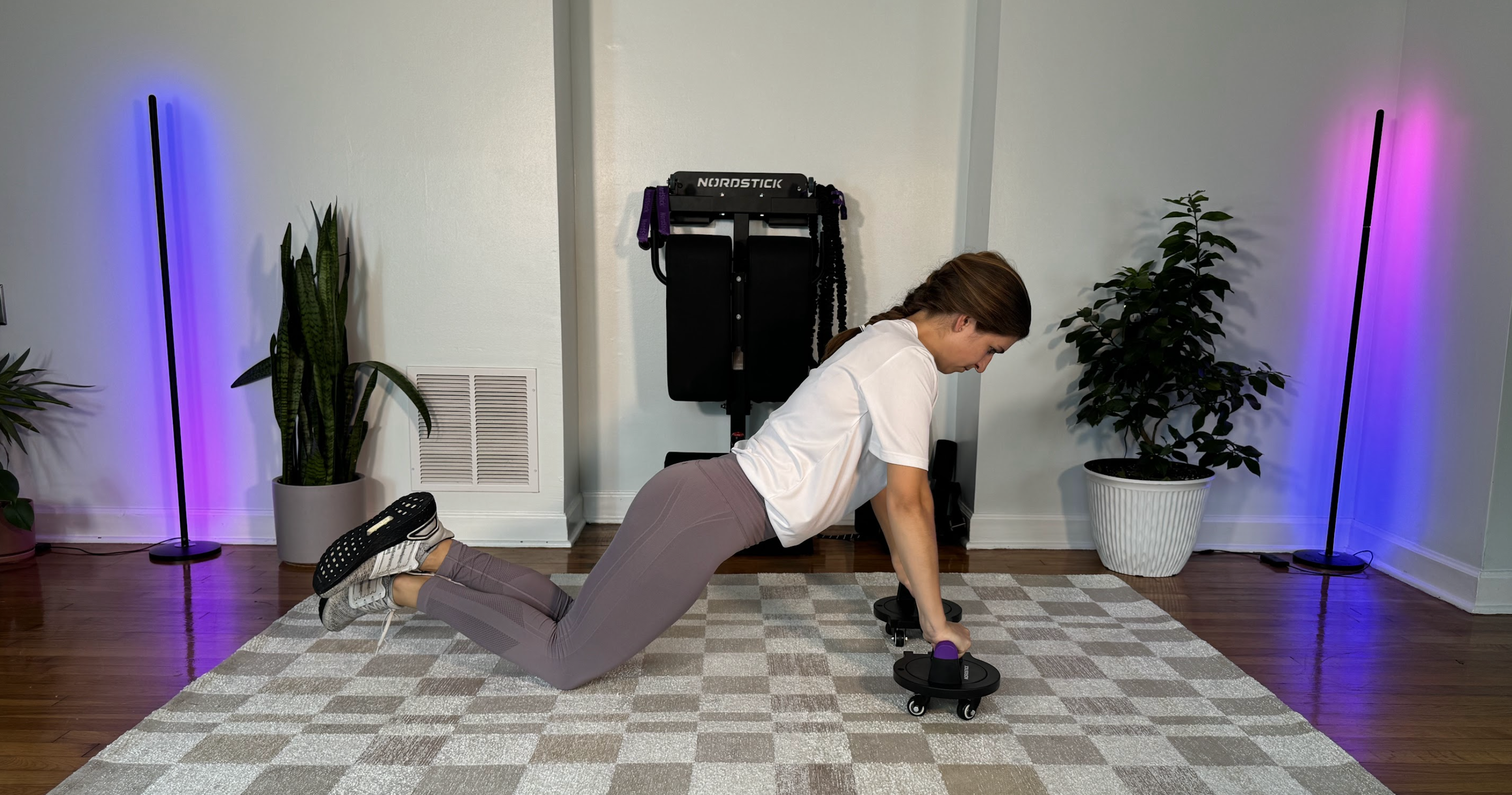
Step 3: Full Push-Up Progression
When knee push-ups feel strong and controlled, you’re ready to try a full push-up.
Start in a plank position, with your hands shoulder-width apart and your body forming a straight line from head to heels. Engage your core muscles to maintain a neutral spine throughout the movement.
Lower your chest to the ground by bending your elbows, keeping them close to your body to avoid common mistakes like flaring. Push back up to the starting position with a firm, controlled motion.
Focus on executing each rep with proper form rather than rushing through as many push-ups as possible. Quality is crucial for preventing injuries and ensuring you build strength effectively.
Celebrate each full push-up you conquer; it signifies a significant step in your push-up technique journey. Consistency in practice will help you build the upper body strength needed to move on to more advanced push-up workouts.

Phase 2: Building Up to 100 Push-Ups a Day
Now that you’ve mastered your first push-up, it’s time to build volume gradually. The goal is to perform push-ups consistently without burning out. Here’s a weekly plan to build up to 100 push-ups a day:
Week 1: Foundation Building
The first week is all about laying a strong foundation for your push-up workout routine. Start with manageable sets to avoid burnout and focus on form. This approach helps you get accustomed to the exercise while maintaining proper push-up form.
-
Days 1-3: 5 sets of 5 push-ups with 60 seconds rest in between sets.
-
Days 4-6: 5 sets of 7 push-ups, resting as needed.
-
Day 7: Active recovery—stretch and foam roll.
The gradual increase in volume will enhance your upper body strength and endurance. Consistency is crucial during this phase. By the end of the week, you should feel more confident and prepared to take on higher volumes in the coming weeks.
Week 2: Volume Increase
With your foundation set, it's time to ramp up the volume. Increasing the number of sets and reps encourages muscle adaptation and enhances your overall push-up technique. Focus on maintaining a straight line from head to toe, ensuring your core engagement remains strong.
-
Days 1-3: 4 sets of 10 push-ups.
-
Days 4-6: 5 sets of 12 push-ups. Focus on perfect form.
-
Day 7: Active recovery.
Pay close attention to your form to avoid common push-up mistakes like arching your back or letting your hips sag. This week is about consistency and gradually pushing your limits. This week’s increase in push-up volume will build the endurance and strength needed for more demanding phases. By maintaining proper form and focusing on quality reps, you set the stage for significant progress in your push-up workouts.
Week 3: Consistency and Reps
As you enter the third week, consistency becomes the focus. This progression tests your endurance and reinforces the push-up technique you've been honing. Concentrate on keeping your body in a straight line and your core engaged throughout each rep.
-
Days 1-3: 4 sets of 15 push-ups.
-
Days 4-6: 5 sets of 20 push-ups.
-
Day 7: Active recovery.
At this stage, you should feel more comfortable performing many push-ups, and your upper body strength should be noticeably improved. Maintain proper form to maximize the benefits of these workouts. By the end of this phase, reaching 100 push-ups a day will be within your grasp, thanks to your commitment and consistency.
Week 4: 100 Push-Ups Daily
In the final week of this phase, you’re ready to reach the goal of 100 push-ups a day.
-
Perform 10 sets of 10 push-ups throughout the day. Spread these out in chunks that are manageable, like morning, midday, and evening. Consistency is key.
Be mindful of your body's signals and ensure you’re practicing push-up variations to engage different muscle groups and prevent overuse injuries. By now, your ability to handle increased volume will be apparent, and this routine will feel more attainable.
Celebrate this milestone, as it reflects both physical and mental growth in your push-up journey. With persistence, you've built the capacity to incorporate regular push-ups into your daily life, paving the way for further fitness challenges.

Phase 3: Scaling to 10,000 Push-Ups in a Month
Congratulations on achieving 100 push-ups a day! That's a remarkable feat and a testament to your dedication and hard work. Now, it's time to set your sights even higher and embark on a transformative challenge: 10,000 push-ups in a month.
Here's how you can make it:
-
Keep Your Focus: You already have the discipline for daily workouts. Now, channel that momentum towards this ambitious goal.
-
Gradual Progress: Averaging 333 push-ups a day might sound daunting, but by breaking it down into manageable sets, you'll see just how achievable it is.
-
Build a Routine: Find times in your day where you can incorporate push-ups seamlessly—morning, lunchtime, or evening.
-
Stay Consistent: Consistency is crucial. Every push-up is a step closer to your goal and a boost to your confidence.
-
Celebrate Milestones: Embrace each achievement and let it fuel your motivation to keep pushing forward.
This challenge isn't just about physical strength; it's about building resilience and proving to yourself that with the right strategy and mindset, anything is possible. Let's get started!
Week 1: Finding Your Rhythm
Aim for 150-200 push-ups daily, distributed in manageable sets throughout the day, such as 10 sets of 15-20 push-ups.
This approach allows you to adapt gradually to the increased volume while maintaining proper form and technique. Pay close attention to how your body responds—adjust the number of reps per set if necessary to prevent fatigue or strain.
Consistency is more important than perfection at this stage; focus on building a routine that integrates push-ups seamlessly into your daily life. Remember, each push-up is a step toward your larger goal. By the end of the week, you should find more confidence in your ability to manage a high volume of push-ups, setting a solid foundation for the weeks ahead.
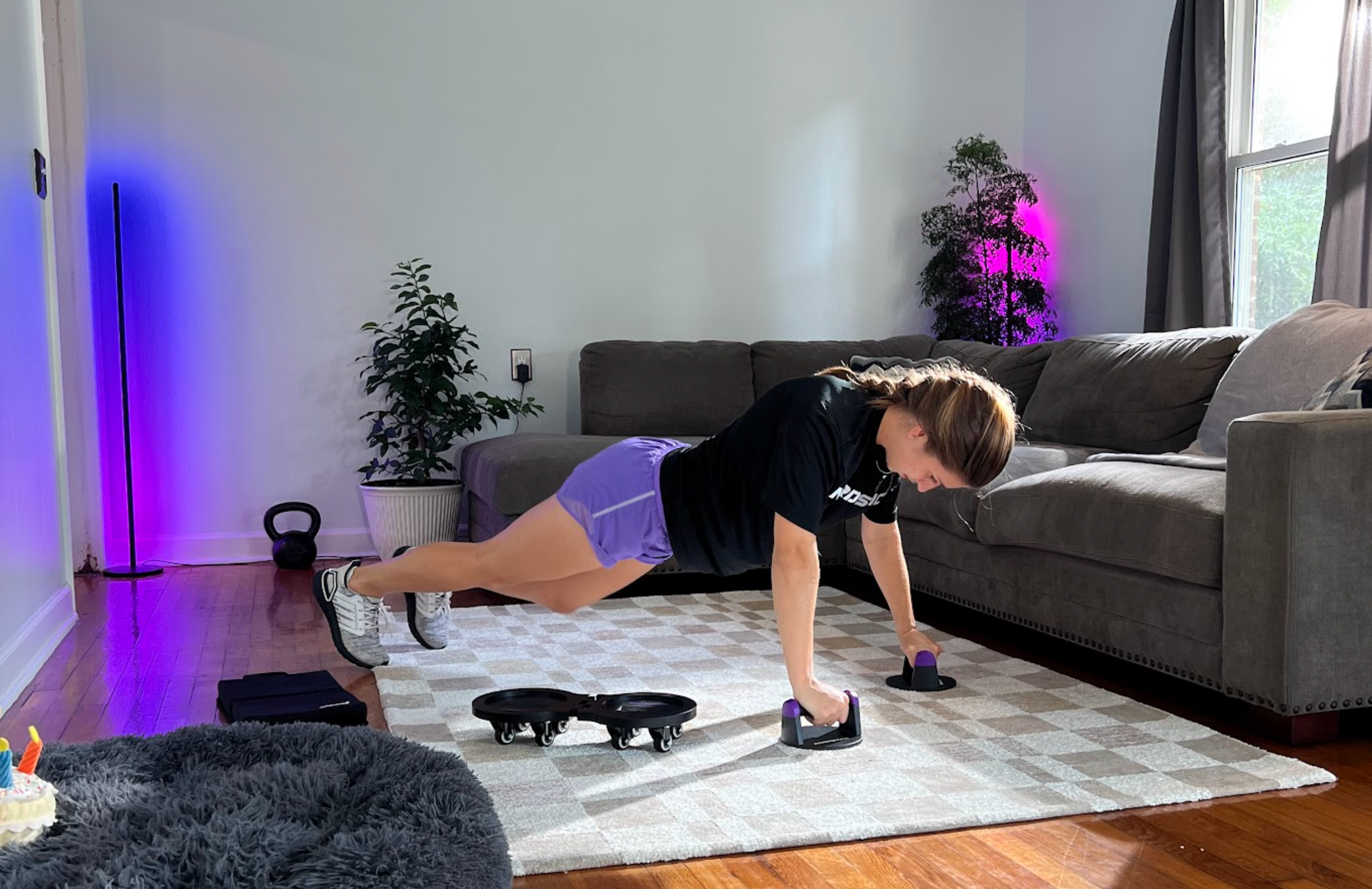
Week 2: Increasing Daily Volume
Aim for 250-300 push-ups each day. Continue breaking them into manageable sets to maintain form and avoid overuse injuries.
To keep things interesting and target various muscle groups, incorporate push-up variations such as close grip, wide grip, and decline push-ups. This not only helps in distributing the stress across different muscles but also enhances overall upper body strength.
Stay mindful of your body's feedback and ensure you are allowing adequate rest between sets. This week is about pushing your limits while ensuring you maintain proper push-up technique. Each push-up you complete builds endurance and resilience.
By the end of this week, your confidence in handling a higher volume of push-ups should be significantly bolstered. This increase in daily volume prepares you for the even greater challenges of the subsequent weeks on your journey to 10,000 push-ups.

Week 3: Building Endurance and Consistency
Increase your daily target to 300-350 push-ups. By now, your muscles should be more accustomed to the higher volume, but it's essential to keep your form sharp.
Fatigue might start setting in, so prioritize recovery with proper hydration, nutrition, and stretching. Listen to your body and make adjustments as needed, but strive to meet your daily goal.
Incorporate different push-up variations to prevent monotony and engage various upper body muscle groups. This not only aids in building strength but also helps in distributing the workload.
This phase is about embracing the grind and pushing past mental barriers. Your routine should be well established by this point, allowing you to focus on consistency and stamina. As you close out the week, your progress will be a testament to your perseverance and commitment to this challenging goal.

Week 4: The Home Stretch
As you enter the final week, aim to perform 350 or more push-ups daily to reach your 10,000 push-up goal. This milestone is within reach, but maintaining focus and motivation is crucial.
By now, your body has adapted to the routine, and your push-up technique should be well refined. Continue to practice different push-up variations to keep your workouts engaging and provide balanced muscle development.
As always, pay close attention to your body's signals—rest when necessary to avoid injury. This week is as much about mental toughness as it is about physical endurance. Each day, remind yourself of the progress you've made and the strength you've built.
As you push through the final stretch, let the sense of accomplishment drive you. Completing this challenge not only demonstrates remarkable physical resilience but also highlights your dedication and perseverance, proving that with consistency and effort, you can overcome significant challenges.

Tips for Success
Listen to Your Body
Pay attention to signals of fatigue or discomfort, which can indicate the need for rest or adjustments in your routine. If you experience persistent pain, it may be wise to reduce your daily push-up count or incorporate more rest days. Regularly assess your fitness level and adjust your training schedule accordingly. This mindful approach ensures you remain healthy and motivated throughout your journey, helping you achieve your push-up goals safely and effectively.
Stay Consistent
Consistency is the backbone of any successful push-up program, especially when your target is as ambitious as 10,000 push-ups in a month. Establish a routine that fits seamlessly into your daily life, ensuring it becomes a non-negotiable part of your day.
Consistent practice reinforces muscle memory, enhances endurance, and builds upper body strength over time. Even on challenging days, strive to meet your daily push-up goals, adjusting the number of sets or reps if necessary to maintain form. This steadfast approach helps prevent burnout and keeps your progress on track. Remember, incremental progress adds up to significant results.
Track your daily push-ups to visualize your growth and stay motivated. Consistency not only shapes your physical capabilities but also strengthens mental resilience. Embrace each day as an opportunity to inch closer to your goal, knowing that each push-up performed is a step toward achieving your fitness aspirations.
Track Your Progress
Tracking your progress is an essential part of your push-up journey, providing valuable insights into your growth and areas for improvement. Maintain a log of your daily push-up counts, noting any variations or modifications you incorporate.
This practice not only helps in keeping you accountable but also serves as a motivational tool when you see how far you've come. Use a simple notebook, a digital spreadsheet, or a fitness app to record your data consistently.
Analyzing your progress over weeks can highlight patterns in your performance, helping you adjust your training program to maximize results. Celebrate milestones along the way, whether it’s reaching a new personal best for consecutive push-ups or simply sticking to your routine for an extended period.
Tracking reinforces positive habits and encourages a mindset geared toward continuous improvement, making the pursuit of 10,000 push-ups in a month both a tangible goal and a rewarding experience.
Conclusion: The Power of Persistence
Reaching the goal of 10,000 push-ups in a month is about more than just physical strength. It's a testament to the power of persistence, dedication, and the human spirit's ability to conquer challenges.
Each push-up completed is a small victory, contributing to a larger achievement that transforms not only your body but also your mindset. This journey teaches discipline, resilience, and the importance of setting and pursuing ambitious goals.
Along the way, you'll discover the value of consistency, the necessity of listening to your body, and the motivation that comes from tracking progress. These lessons extend beyond fitness, offering insights applicable to other areas of life.
By committing to this challenge, you prove to yourself that with perseverance and determination, you can accomplish what once seemed impossible. Embrace the journey, celebrate your progress, and let this experience empower you to tackle future endeavors with confidence and tenacity.
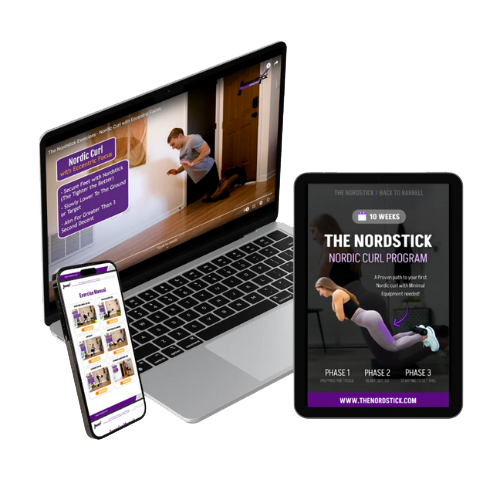









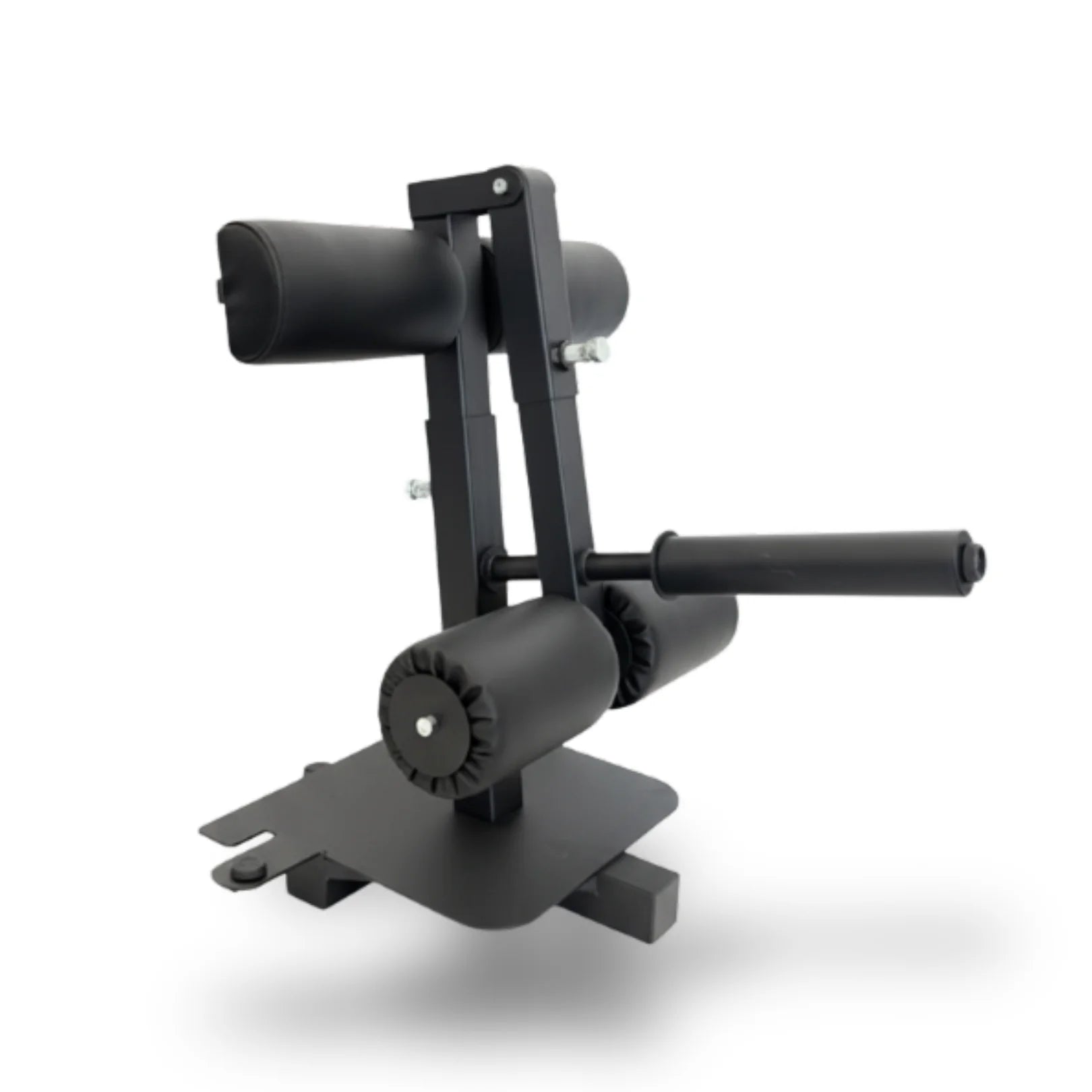
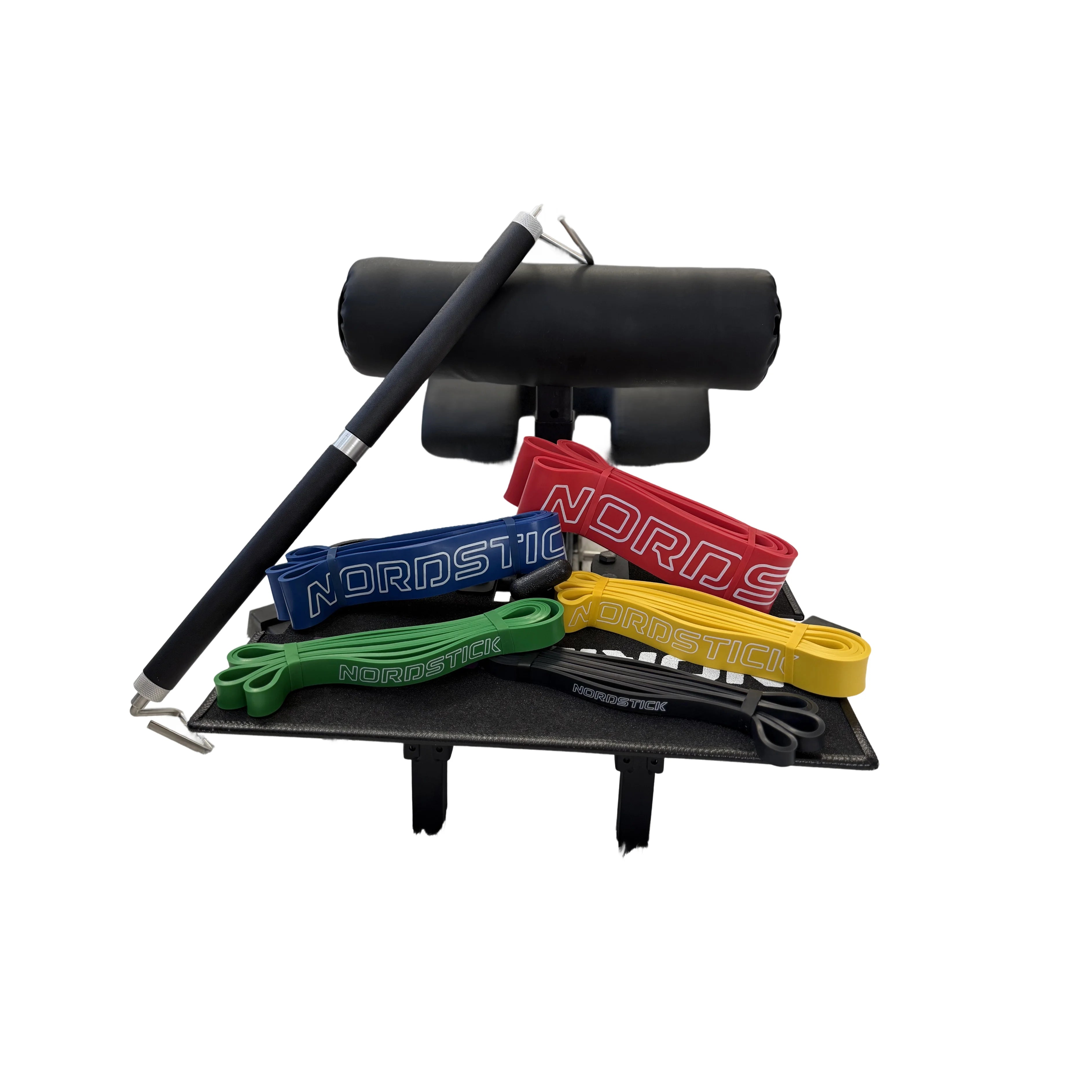

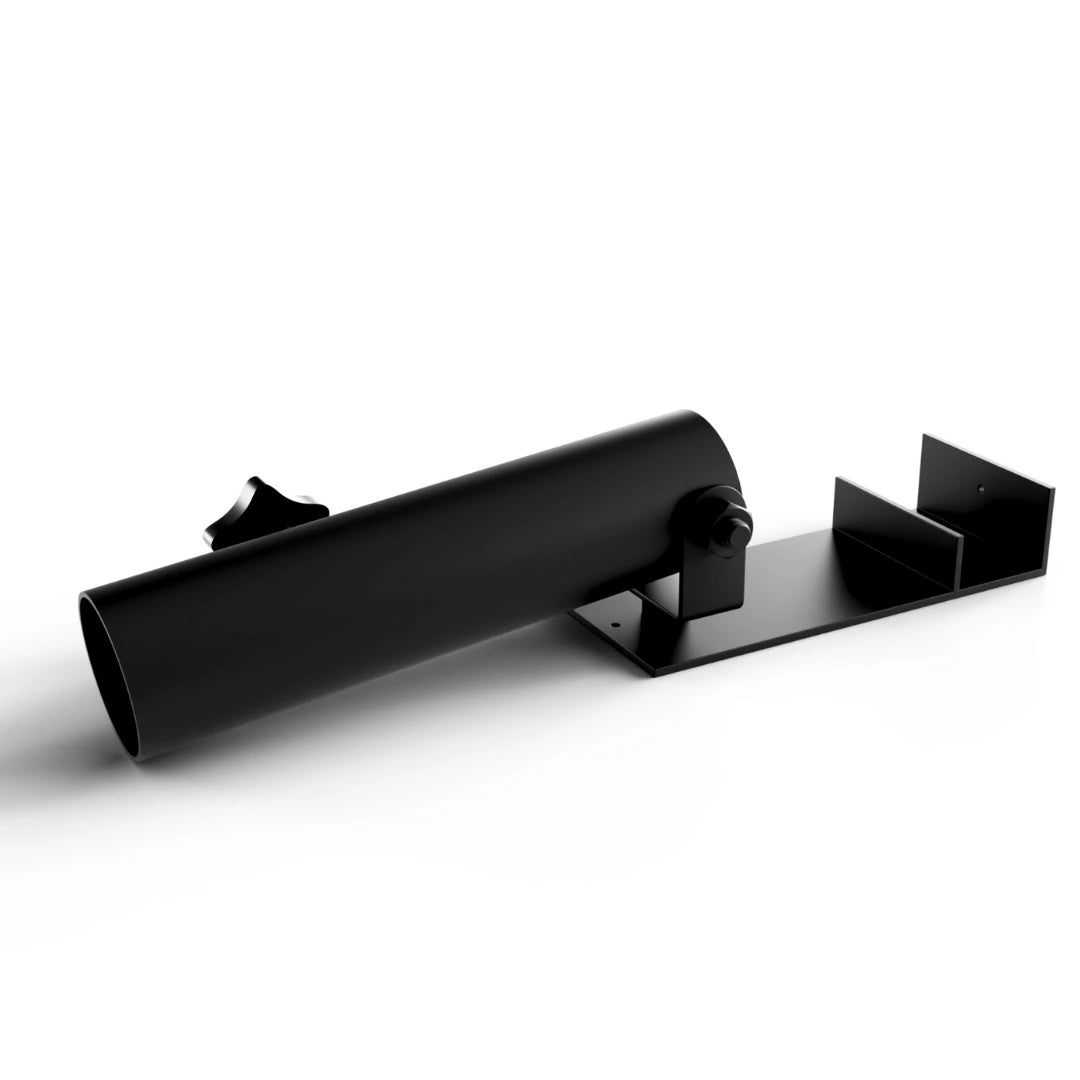
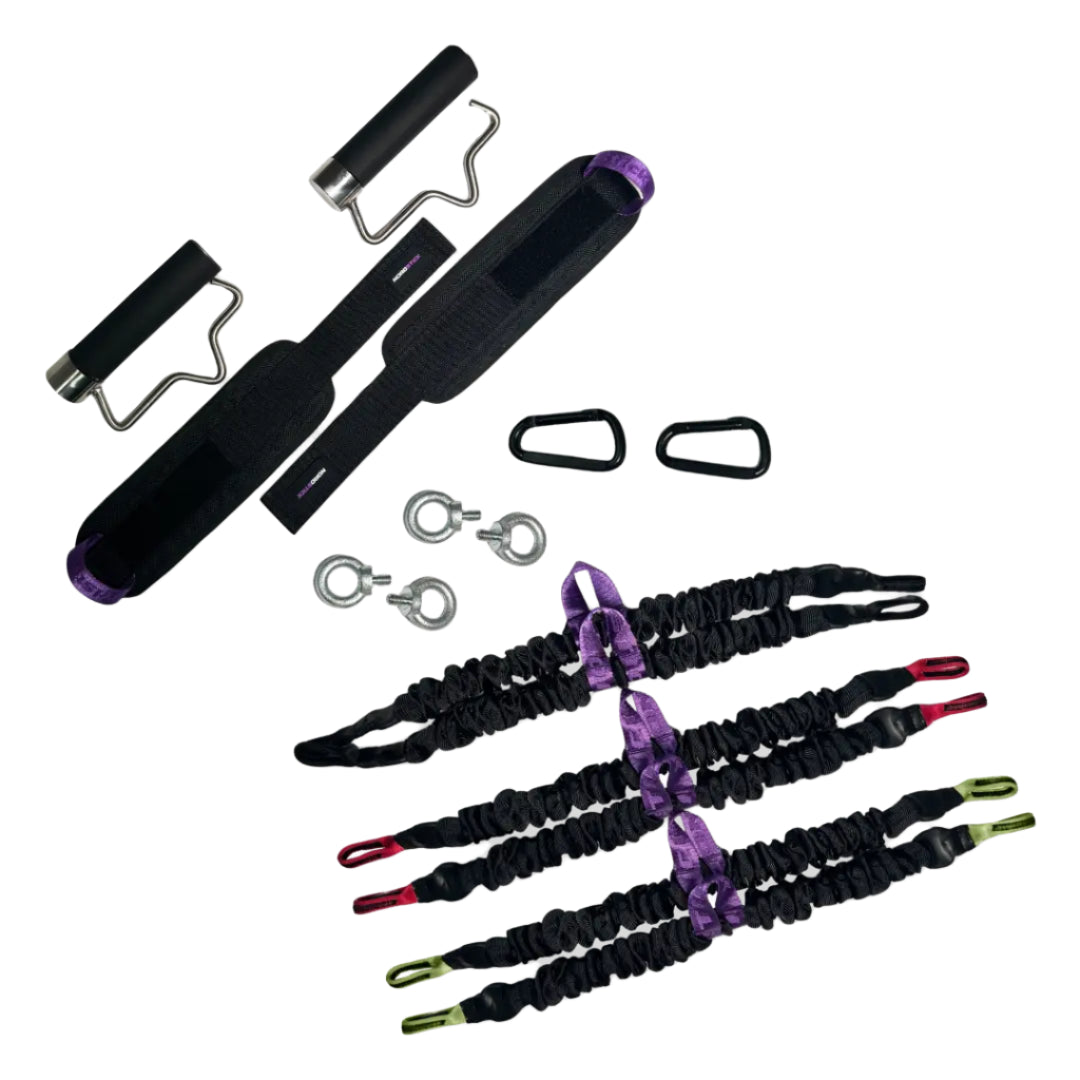
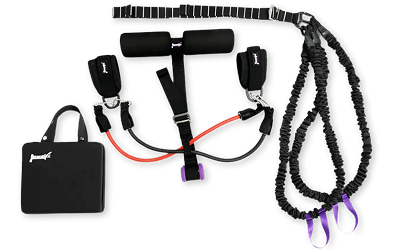

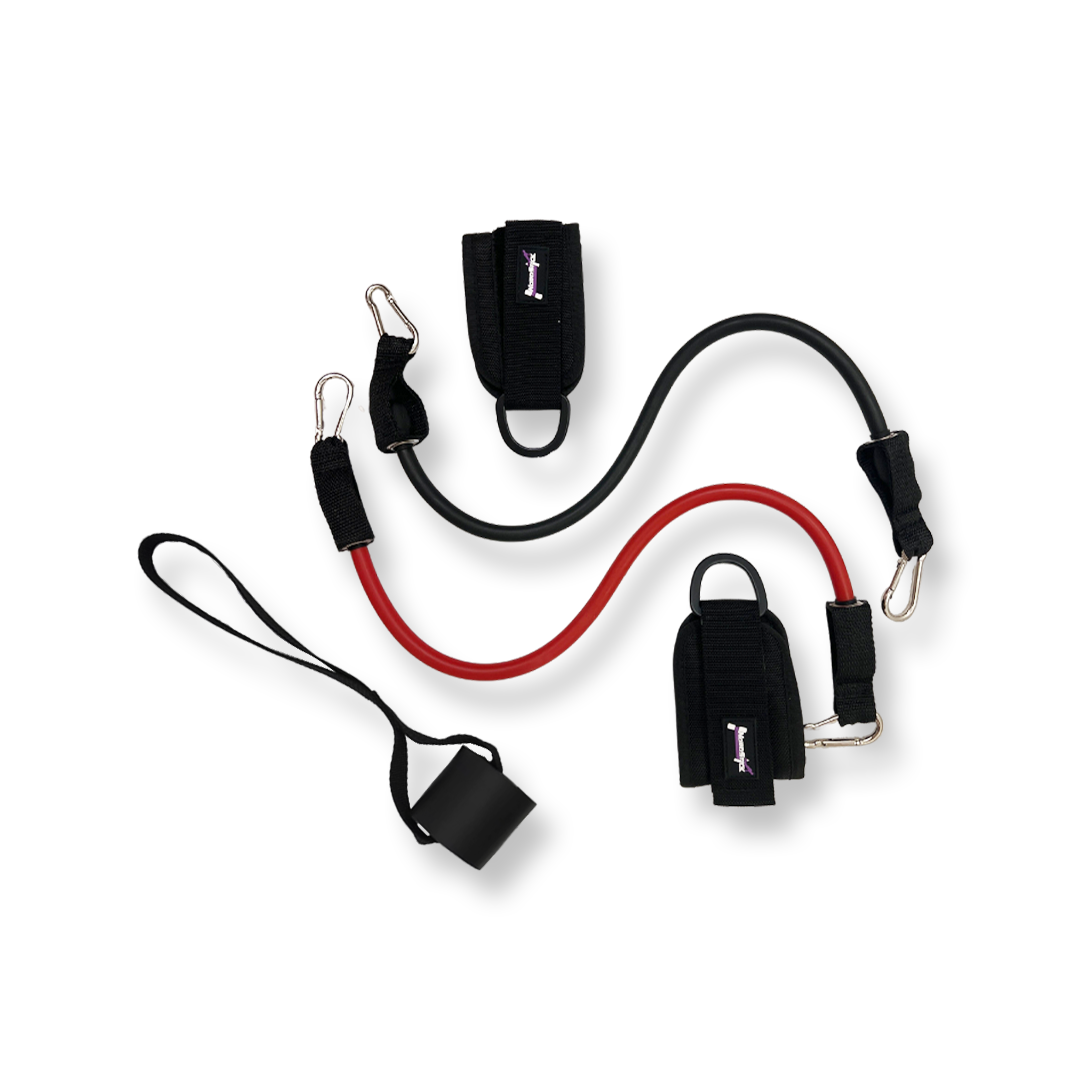
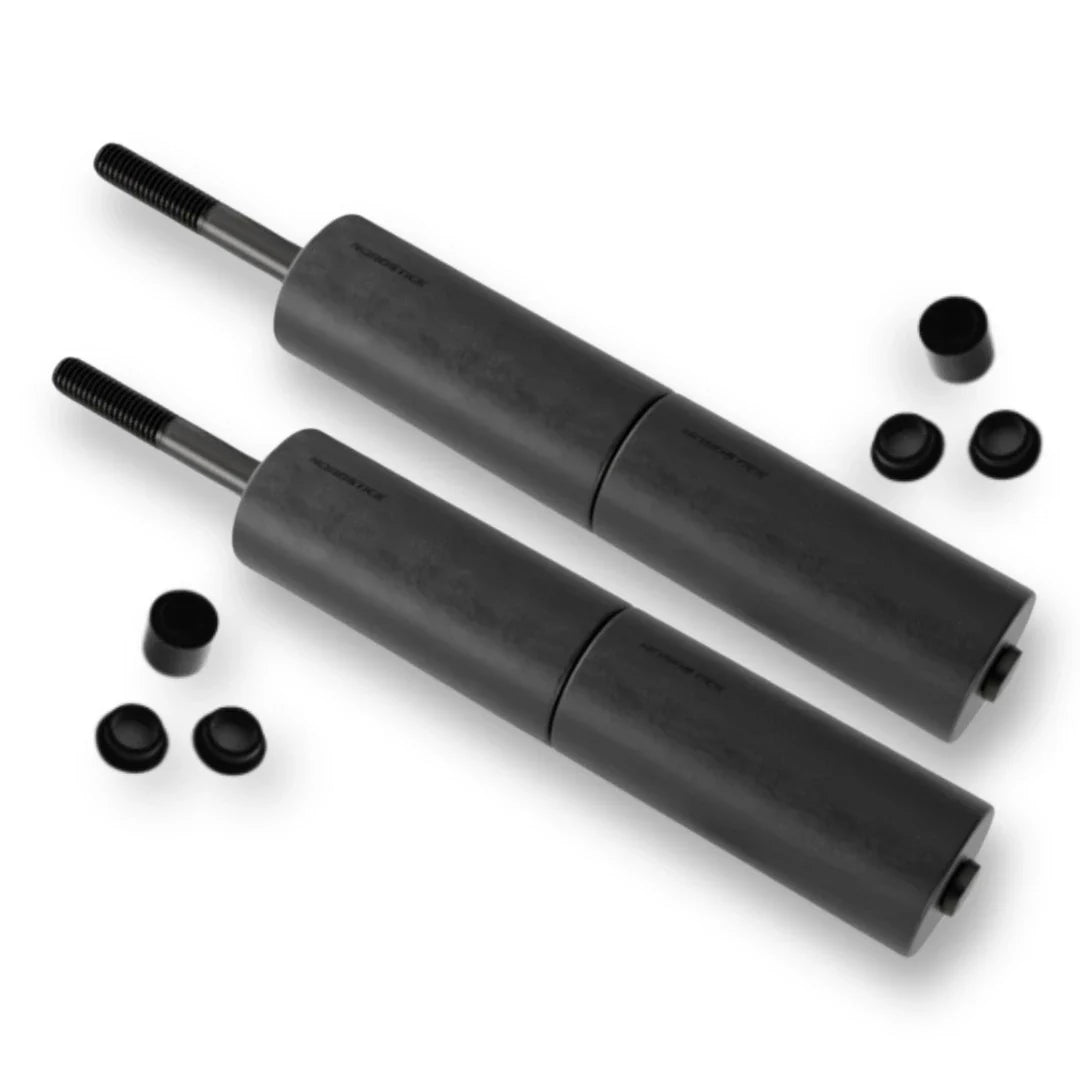
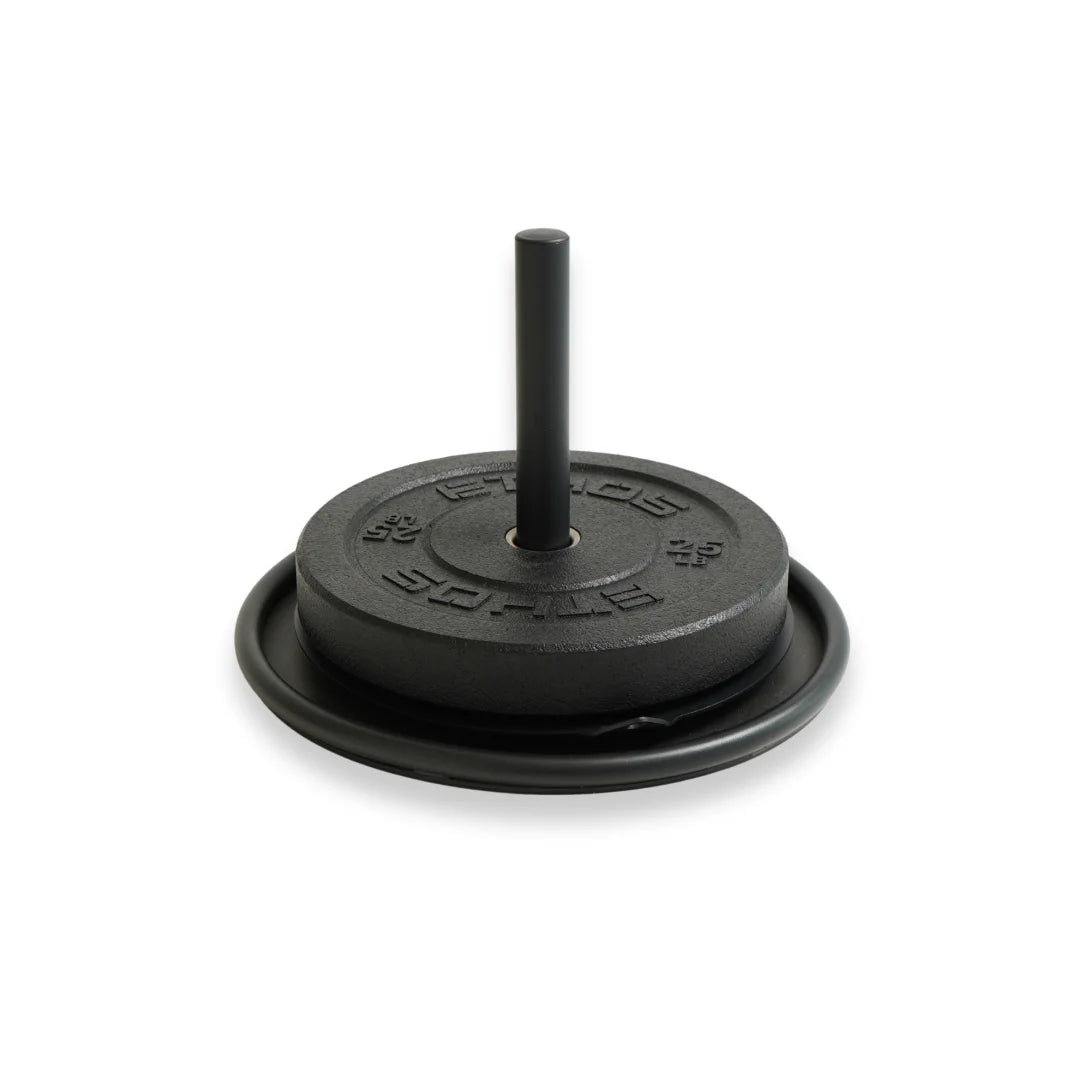
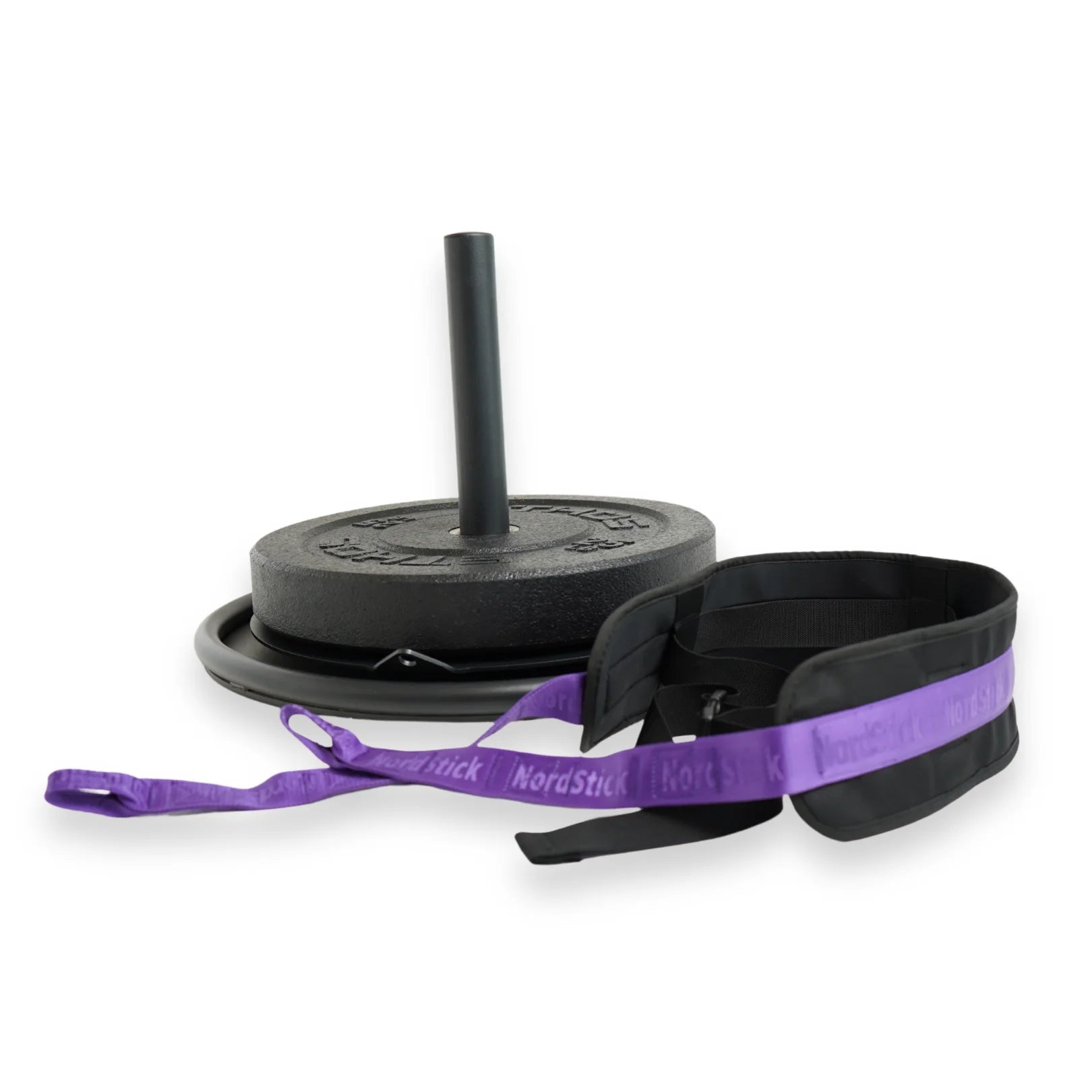

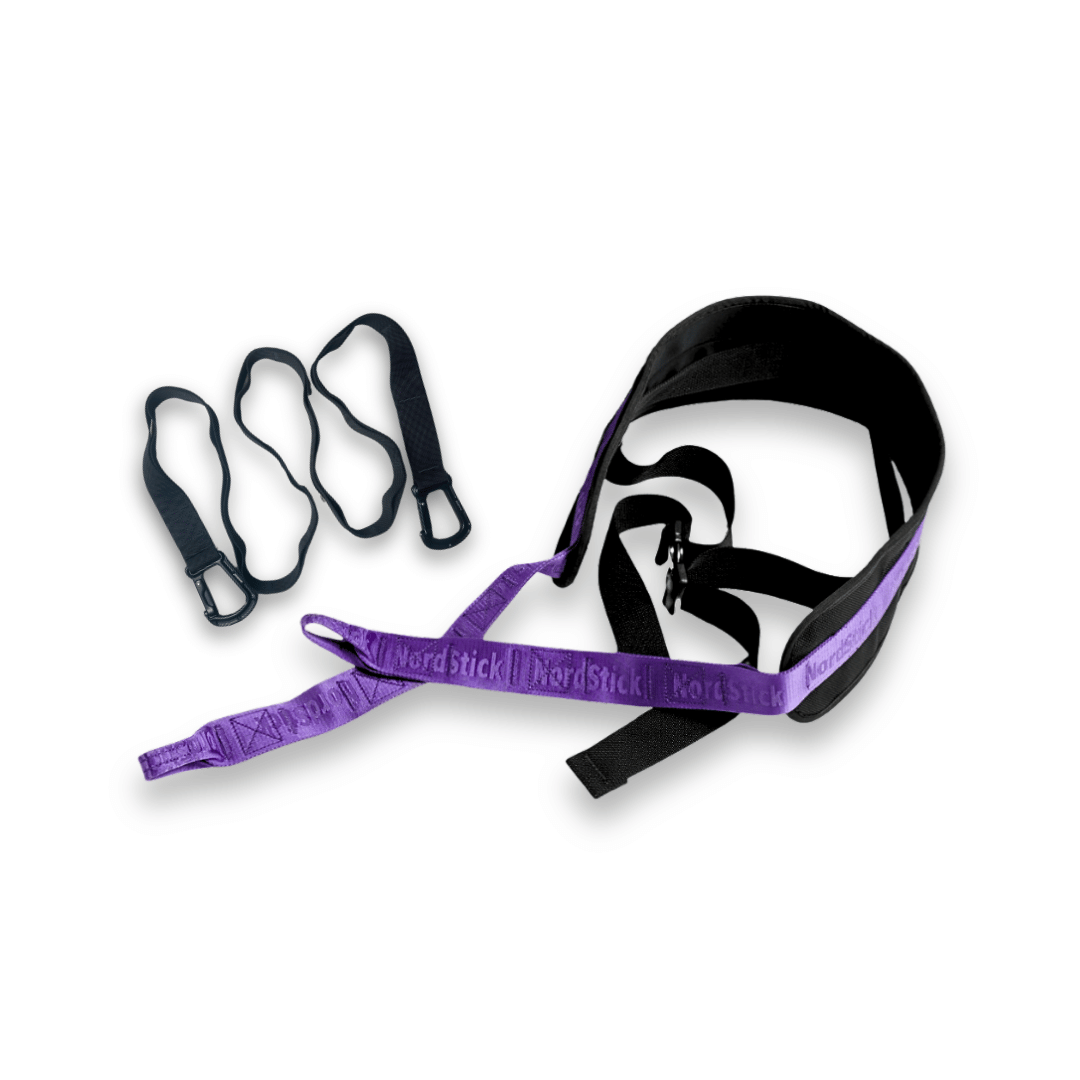





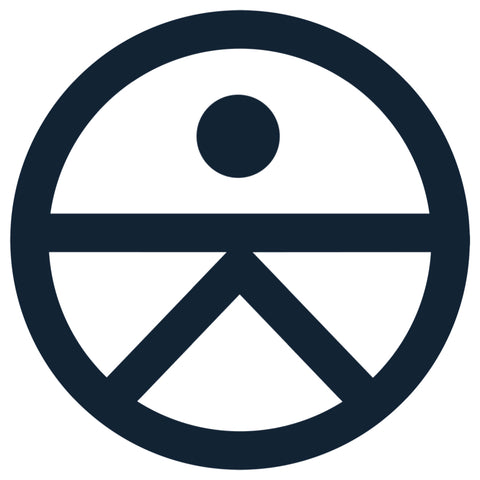
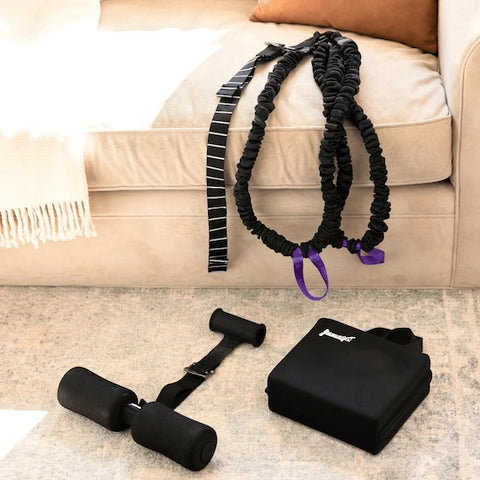






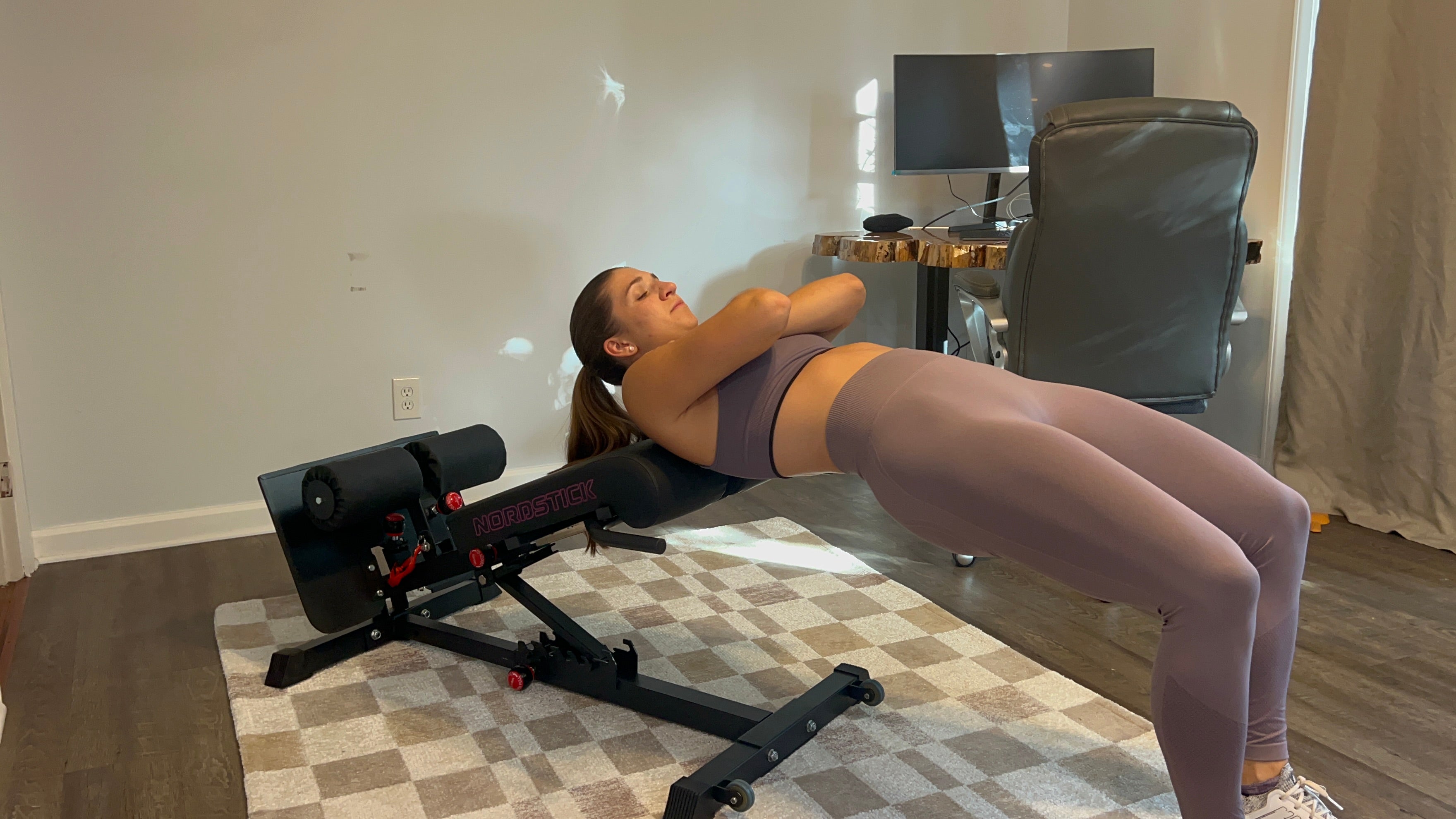




Leave a comment
This site is protected by hCaptcha and the hCaptcha Privacy Policy and Terms of Service apply.